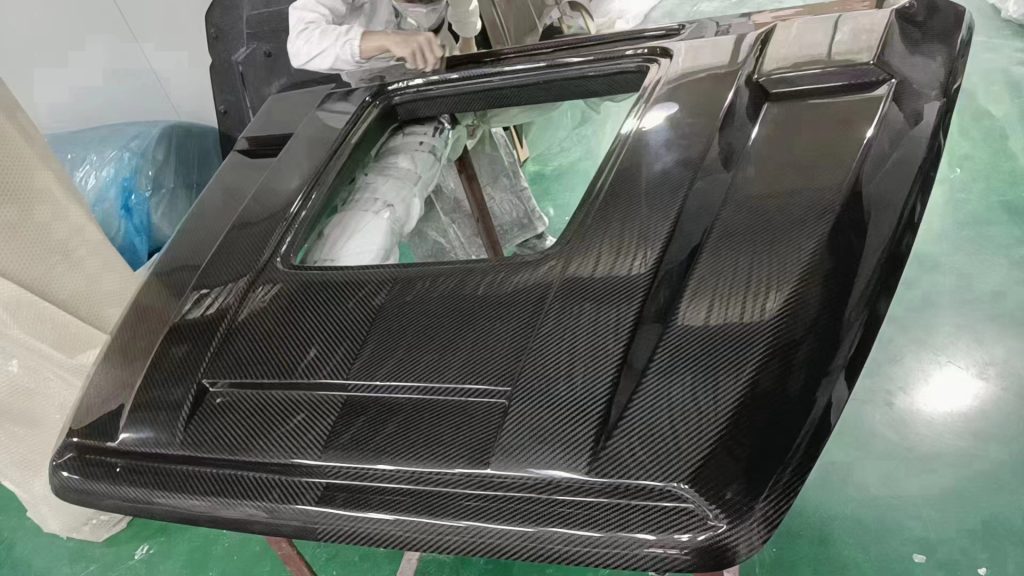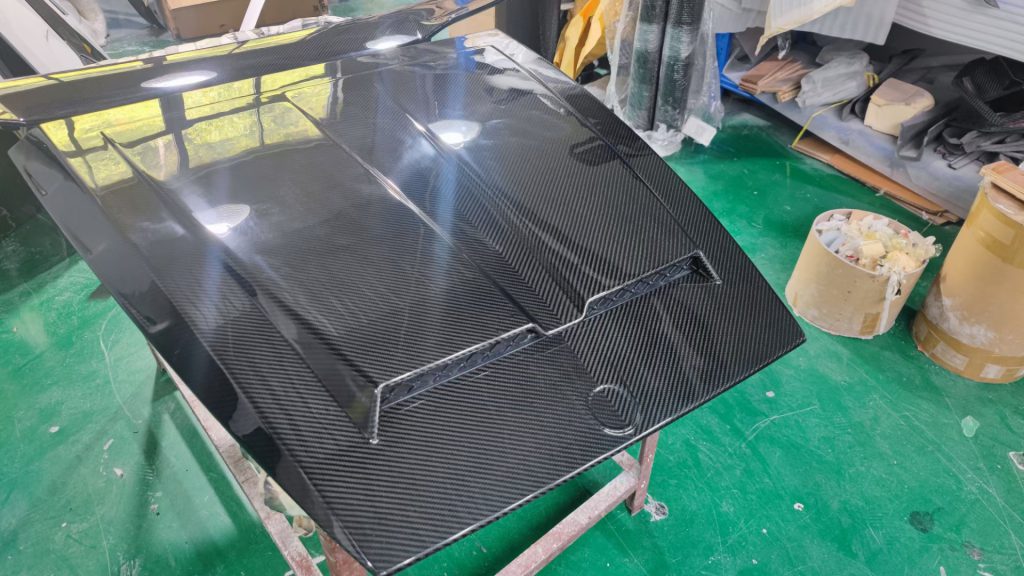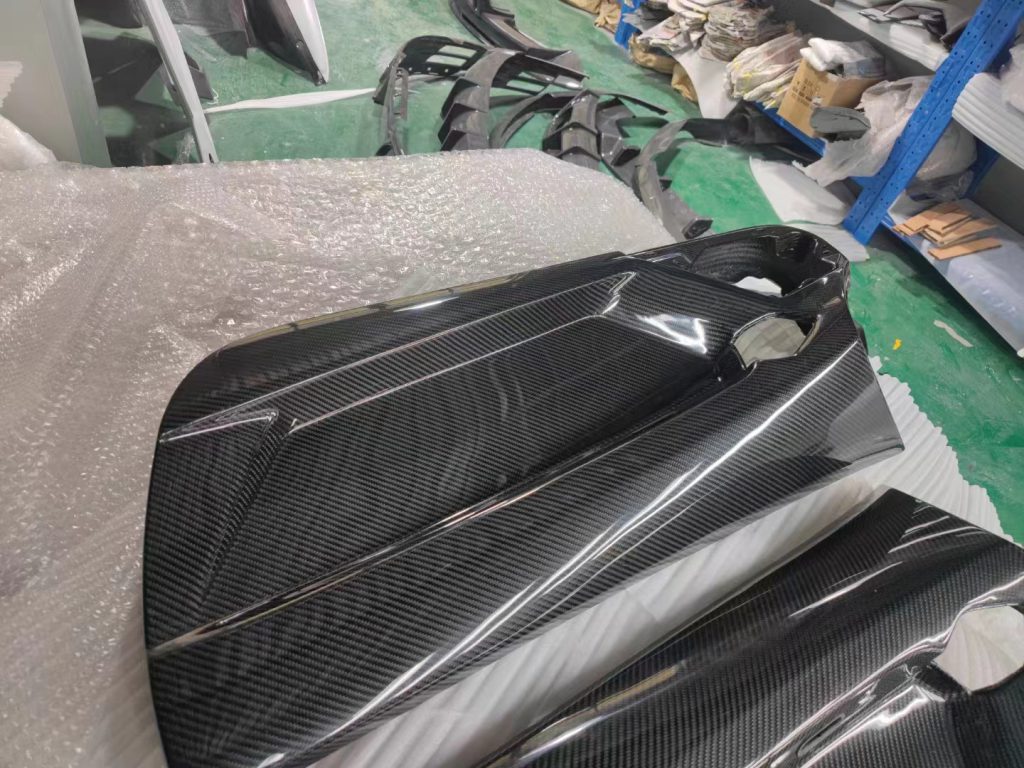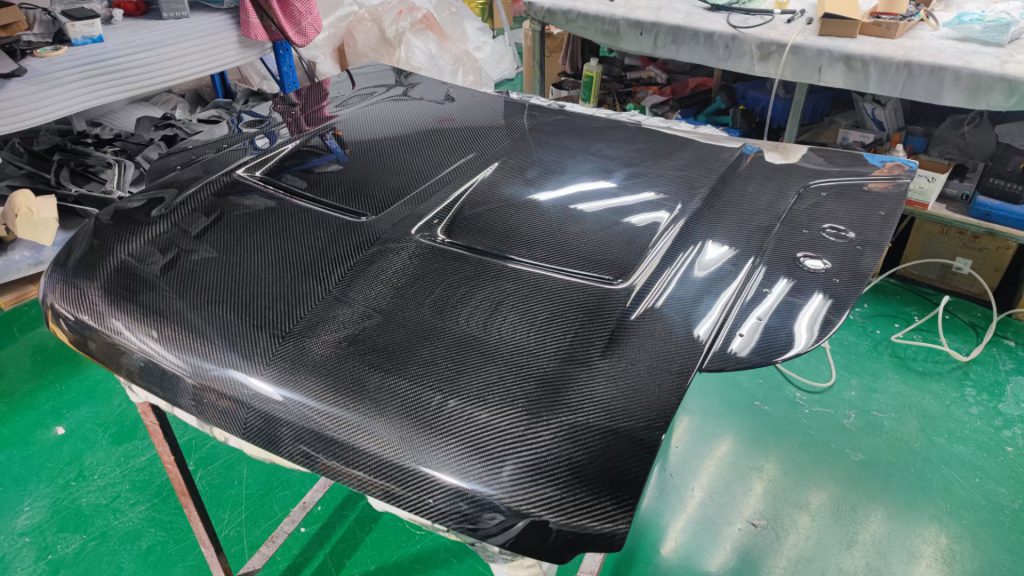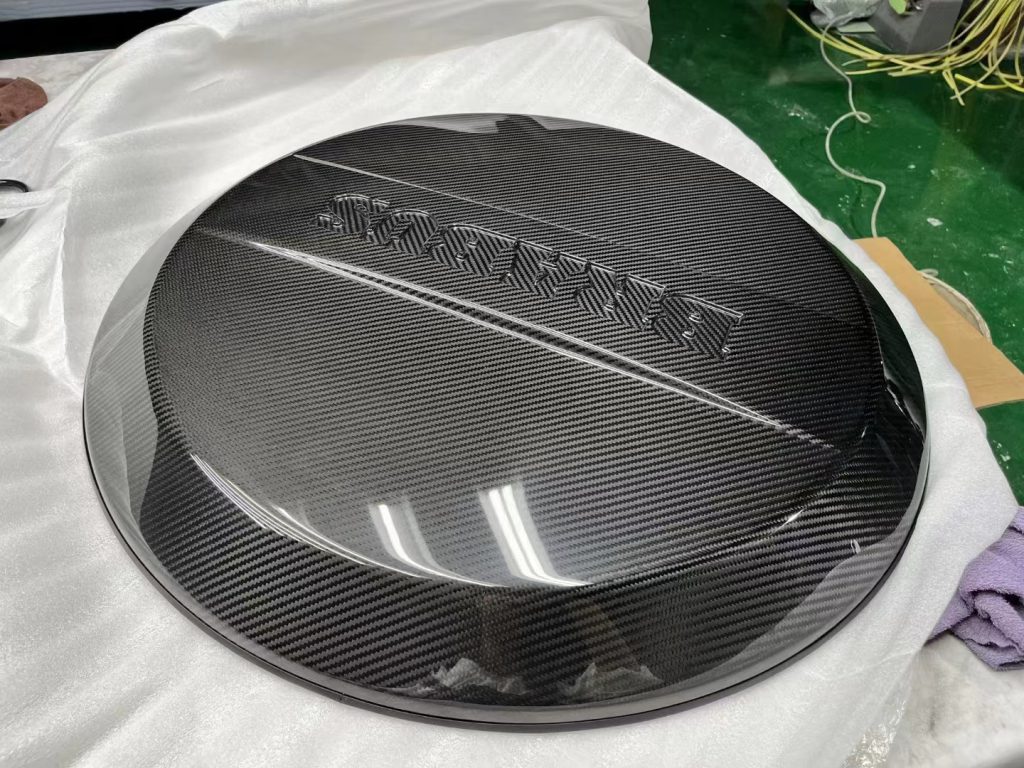- +86 18316609561
- williamlee@gdonevictor.com
- Mon - Fri: 24:00
Composite materials are widely used in automobiles. They can be divided into structural parts, decorative parts and functional parts according to their functions; they can be divided into body, chassis and cockpit according to their parts, and can be specifically divided into fenders, roof panels, chassis, Trunk panels, door inner panels, wheel hubs, hoods, shock absorber springs, drive shaft structural reinforcements and heat-resistant parts.
As the noble material in the material industry – carbon fiber: it is widely used in aviation, aerospace, military, medical radiation bed boards and other fields. The automotive industry is not far behind. Carbon fiber composite materials cover almost all car bodies and parts except electrical appliances and glass. , which provides a strong guarantee for automobiles to reduce weight, reduce fuel consumption, reduce exhaust emissions, increase loading capacity, improve impact resistance, absorb energy, and improve safety performance.

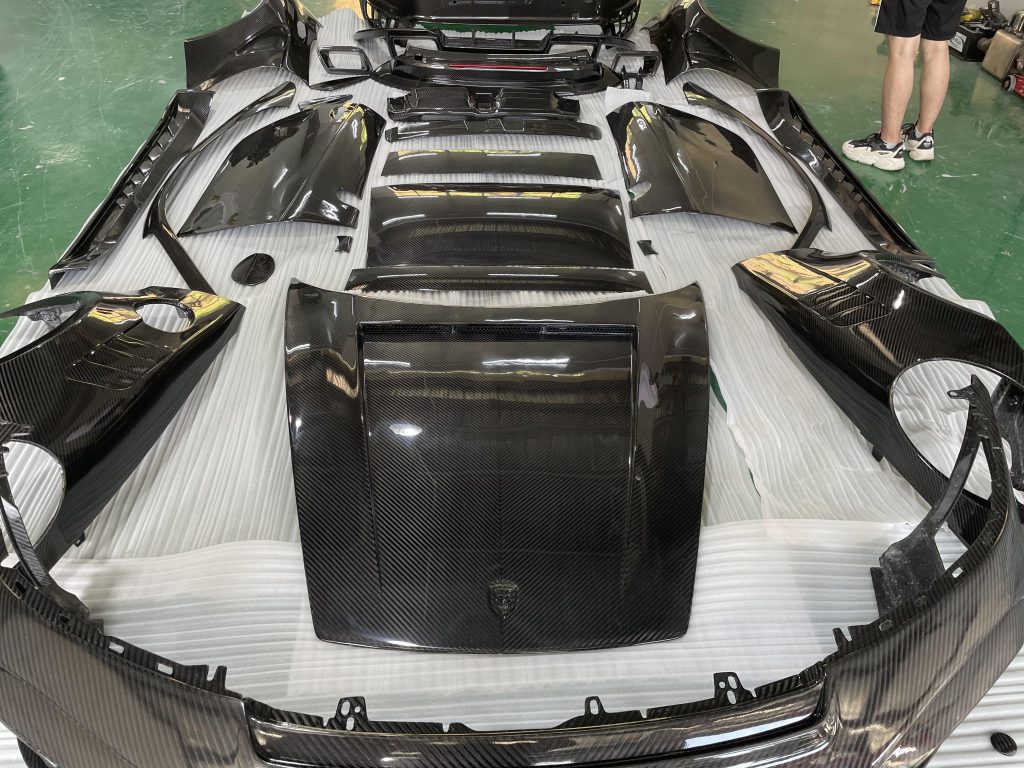


Before heating and curing, the bag is first evacuated to remove air and volatile matter, and then the temperature, pressure, and curing are increased according to the curing system of different resins. The formulation and implementation of the curing system is the key to ensuring the quality of autoclave molded parts. This molding process is suitable for manufacturing aircraft doors, fairings, airborne radomes, brackets, wings, tails and other products. The carbon fiber is impregnated with resin in a vacuum environment. There are very few bubbles produced in the products, and the products have higher strength and quality. It is lighter, the product quality is relatively stable, and the loss of resin is reduced. Only one side of the mold can be used to obtain a smooth and flat product on both sides, and the product thickness can be better controlled.
